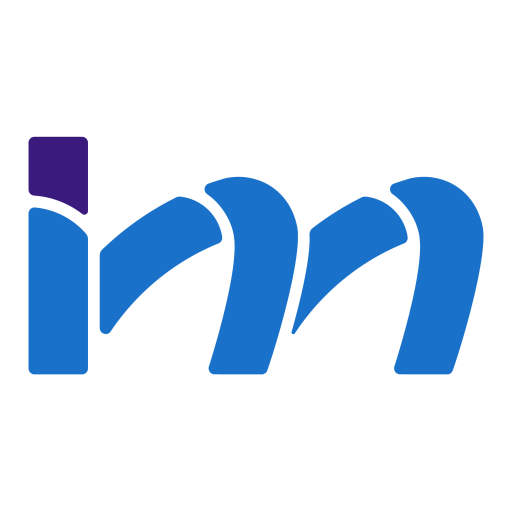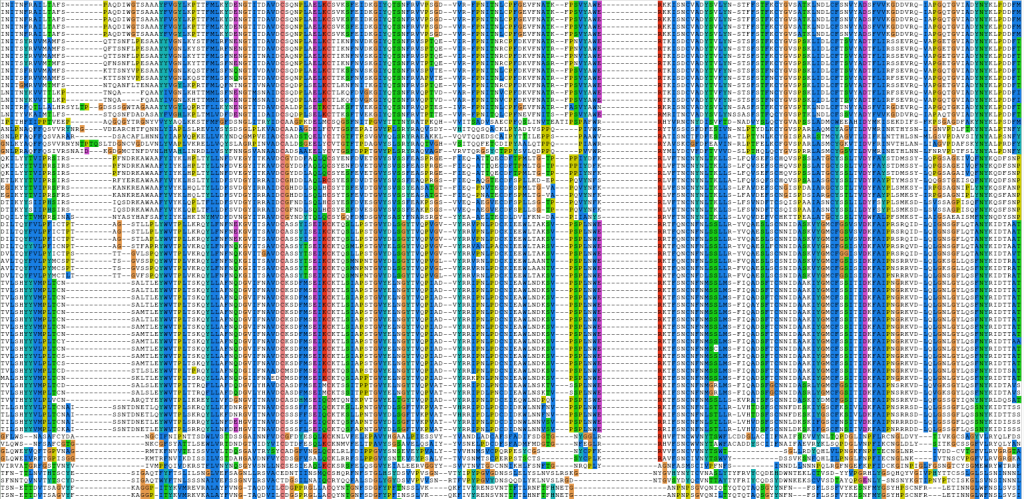Contact us. We are happy to talk about your needs and prepare an offer.

Creating web applications
Do you need an application that supports your business and automates processes? If so, software development companies can provide your company with a web or desktop application. Both types have their advantages and disadvantages, but nowadays we see a strong tendency to migrate many desktop apps to the web. This is particularly popular in the business systems market.
The most important features of web applications

Cost-effective
The development of a web application is relatively cheaper than building other types of applications. Additionally, the support and maintenance costs of a web app are lower than a desktop app.

Accessibility
Users have access to data anytime and anywhere, as long as they are connected to the Internet.

Always up to date
Web applications are always up to date because they are updated centrally. Users have access to the web app via a URL. This means that they always have access to the current version of the software and there is no need for downloading and installing newer versions.

Our Clients
What is a web application?
A web application is a computer program accessible with an Internet connection and placed on a server that exchanges data between a computer network and a computer user’s host via a web browser. That is why web apps are often confused with websites. In comparison to websites, web applications not only have an informational function but also perform particular tasks. Some of them even work offline (to some extent). Thanks to them, users can interact with data using online forms, management systems, or other functions.
Web apps significantly improve processes such as ordering takeaway or other items and services, booking travel or accommodation, and filing a complaint. They are also often used in the company’s internal operations to streamline work between staff members. Employees use web apps to collaborate together on projects and share files.
Popular types of web applications
Most web applications are created specially for a given client and its needs. IT providers build a solution tailored to the company's operations and the client’s requirements. Therefore, there are many types of web applications. We have listed some of them below.
ERP systems
Enterprise Resource Planning (ERP) is an integrated system that companies use to manage their core business processes such as finance, supply chain, manufacturing, and others. ERP systems automate and simplify some activities such as accounting, customer relationship management, or project management. These applications collect, store and manage data from the operations of many companies. The main advantage of the ERP system is the integration of processes and data storage in one place.
CRM systems
A Customer Relationship Management system can be a part of an ERP system or a separate application. It is a program for managing all the company’s relationships and interactions with present and potential clients. Also, this kind of software enables businesses to organize, automate, and synchronize customer interactions. The main aim of the ERP system is to build long-lasting relationships between companies and clients. Thanks to this, communication with clients and customer service run smoothly. It is worth noting that CRM systems include areas such as marketing, sales, customer service, and support. As a result, companies can increase sales and improve their profitability.
HR management systems
HR (human resources) management system is another type of business application which can also be a part of an ERP system. HR applications enable companies to store all information about their employees from the first to the last day of their work. These systems automate common HR functions such as payroll, recruitment, administration, leave approval, and others. HR management systems automate many repetitive and time-consuming tasks. Thanks to that, companies can focus on their core activities and employees can work on more important and interesting tasks.
Document workflow applications
A document workflow application is a tool for streamlining the document workflow among companies, organizations, or public authorities. Document workflow software automatizes the business process during which documents are passed from user to user. All these processes take place according to the company’s rules. Thanks to this solution, business owners can manage digital documents in every process. Users can also create, edit, delete, and monitor workflow processes.
Booking applications
Booking applications enable making reservations, registering visits, and online payments. These solutions are commonly used by the hotel industry, the beauty industry, agrotourism, tourism, food services, and healthcare. People use these apps to book a table in a restaurant, accommodation during their travel, or plane tickets. Also, more and more hairdressers, beauticians, dentists, and doctors provide their customers the possibility to book visits via an app.

Disadvantages of web applications
Companies benefit a lot from web applications. No wonder that more and more businesses choose web apps instead of desktop applications. The decision whether to build a desktop or web application should be made in each case individually. Business owners have to remember that web apps also have some limitations.
Poor integration with devices
One of the most important goals of browsers is to ensure the safety of users on the Internet. In order to increase user security, browsers don’t provide access to external devices and files. As a result, it is really hard to integrate a web application with devices. The biggest problem of web applications is their poor support for other devices.
Access to the Internet
Having a good Internet connection is an absolute necessity when using web applications. Users have difficulties with web apps if they do not have a stable Internet connection. Lack of access to the Internet is a problem which still affects many developing countries, especially in Africa, Asia, and South America.
Browser support
Nowadays, there is a wide range of available browsers. Microsoft Edge, Google Chrome, Mozilla Firefox, Safari, and Opera are just some examples. If you want to use them, you have to make sure that your web application is supported across a variety of browsers.
Differences between web applications and websites
At first glance, it is very difficult to distinguish a web application from a website because both run on the browser. However, they have different purposes.
Purpose
The purpose is the most important difference between a web application and a website. The main goal of websites is to provide information. They present digital content, images, video, and audio. Compared to web apps, a website’s content is static and it doesn’t upload dynamically. Websites have mainly an informative role. Business owners use websites to present their products or services. A web application can be a website with functionality and interactive elements. The aim of web apps is to interact with users and help them in certain tasks. Thanks to web applications, companies can deliver personalized services which are tailored to clients’ needs.
Interactivity
Websites provide text and visual content which users can view and read but can’t interact with. As far as web applications are concerned, they provide not only the same valuable content as websites but also allow users to modify or interact with them. This interaction is a kind of dialog between the user and the application. Users interact with the web application’s interface when filling out forms, online chatting, sharing files, or making payments.
Authentication
Authentication is the procedure of recognizing a user’s identity. If users want to have access to some content or resources, they have to sign up. Most websites don’t require authentication. Users can read articles and news without registering. However, some websites offer additional options for registered users such as the ability to comment or receive a newsletter. In the case of web applications, authentication is obligatory, because they offer a much broader scope of options and functions than websites. When users interact with a web application’s interface, they provide valuable personal data which should be protected by the system. Therefore, web applications require authentication.
If you want to find out more about building applications or need a similar solution in your company – contact us through the form.





